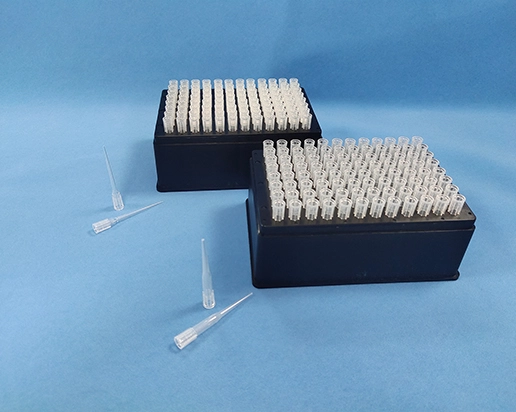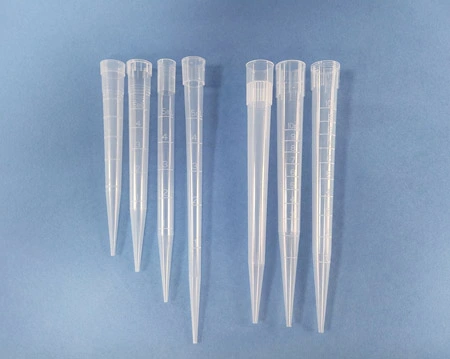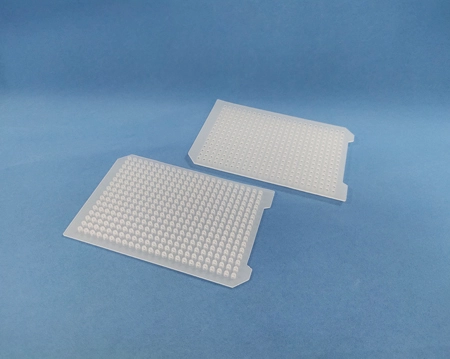What Are Low Retention Pipette Tips? And When Does One Use Low Retention Pipette Tips?
Low retention pipette tips, also called low binding tips are, designed to improve the accuracy and precision of pipetting liquids with high viscosity or those that tend to stick to the pipette tip walls. These tips have a special surface treatment that minimizes the liquid's ability to adhere to the tip, reducing the risk of errors and contamination.
One should use low retention pipette tips when working with viscous samples, such as DNA, RNA, protein solutions, enzymes, or other biological samples. It is crucial to use low retention tips when pipetting small volumes with high accuracy, as any adhesion or retention of liquid on the tip can significantly affect the measurement result.
Moreover, low retention tips are particularly important for applications such as PCR, qPCR, and other sensitive assays, where contamination or inaccuracy can lead to false-positive or false-negative results. Therefore, choosing the right type of pipette tips for your experiments can have a significant impact on your results' reproducibility and accuracy.
Click for China low retention tips
 English
English  中文
中文  日本語
日本語  한국어
한국어  français
français  Deutsch
Deutsch  Español
Español  italiano
italiano  русский
русский  português
português  العربية
العربية  tiếng việt
tiếng việt 


